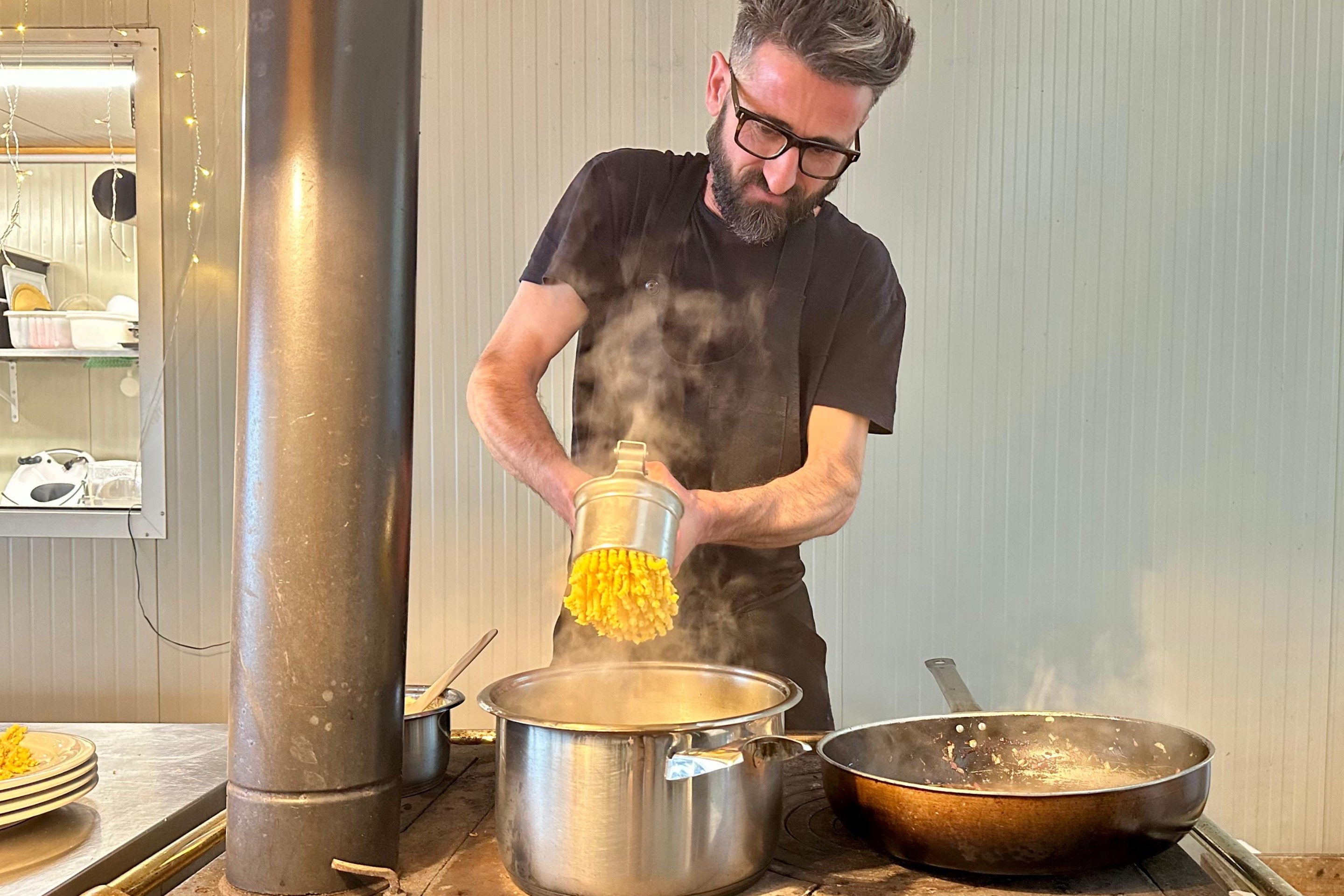Just a half hour train ride from Venice lies Padua, overlooked by the crowds bewitched by the Venetian Lagoon. The oldest city in northern Italy, Padua’s charm is timeless. Known as the “brain” of the Veneto region for being home to a prestigious university founded in 1222 and having been attended by the likes of Galileo and Dante, it remains a university town but with a contemporary urban vibe.
Site of the world’s first botanical garden, which still preserves its original layout, it also houses Italy’s largest piazza, Prato della Valle, with 78 marble statues of Padua’s most illustrious descendants, either by birth or adoption, who now rub elbows with locals enjoying the morning sun or an afternoon stroll. The father of the Renaissance, Giotto, also left its mark here, dedicating over 800 hours of his art to fresco the Scrovegni Chapel which can still be admired today. Perhaps this Venetian city is better known for the Basilica di Sant’Antonio, the namesake simply referred to as “Santo” by the residents of Padua, as it’s one of the most important pilgrimage sites in Italy.

As if all these distinctions weren’t reason enough to visit, Padua is also gifted with one of Italy’s most important historic cafés that has stood the test of time. Just a few years shy of its 200th birthday, Caffè Pedrocchi, in the city center and a short walk from the train station, is part of the fabric of life in Padua. Its claim to fame is a very unique drink called “Il Pedrocchino,” created long before it became trendy for culinarians or baristas, in this case, to think outside of the box. Espresso is layered with panna (cream) infused with a homemade fresh-mint syrup, and topped with a sprinkling of cocoa. Sounds good? It gets better…
Il Pedrocchino is served without a spoon, or sugar for that matter, and the server instructs you to drink it without stirring. I love immersing myself in local tradition, so I’m happy to oblige. The mint infused panna is a refreshing, bright touch, although being the first to caress the palette, it also brings the overall temperature of the drink down, bordering on lukewarm. The espresso that follows is made of 100% Arabica beans and the slight acidity it contributes is a welcome contrast to the luscious mint cream. A sprinkling of cocoa that is a subtle addition to the overall taste profile of Il Pedrocchino.
This famous drink is served with two delicious house-made bite-sized biscotti (cookies), and a small bicchiere di acqua (glass of water), as is a customary pairing in many bars in Italy with the glass of water acting as a palate cleanser. Service is slow, in keeping with the dolce far niente (sweetness of doing nothing) which allows for lingering on the table watching life passing by, especially when enjoying a drink on the outdoor space.

Founded by Antonio Pedrocchi in 1831, the palazzo that houses the café is as interesting as the drink for which it’s known. The first floor is neoclassic, with three grand entrances that surround a summer outdoor terrace, guarded by four stone lions. Three elegant dining rooms serve as the indoor seating areas, each decorated with a different color of the Italian flag.
La sala rossa (the red room) is the heart of the café; La sala verde (the green room) was and still is a seating room for anyone that wishes to enjoy the space without obligation to make a purchase (a sentiment of equality that permeated the café since its inception, where all were welcomed without distinctions); the upper floor is comprised of a series of rooms, used for gatherings, each enhanced in a different style: Greek, Roman, Gothic, Moorish, and Egyptian, amongst others, all the work of the Venetian architect Giuseppe Japelli.

Called the "Café Senza Porte” (cafe without doors) because it was open day and night until 1916, now a patrimony of the city of Padua, Caffé Pedrocchi remains a vital component of the social life of this Venetian city. And the social life of Padua, relaxed and rich in culture, is a welcome and nearby respite from the crowds of Venice.







